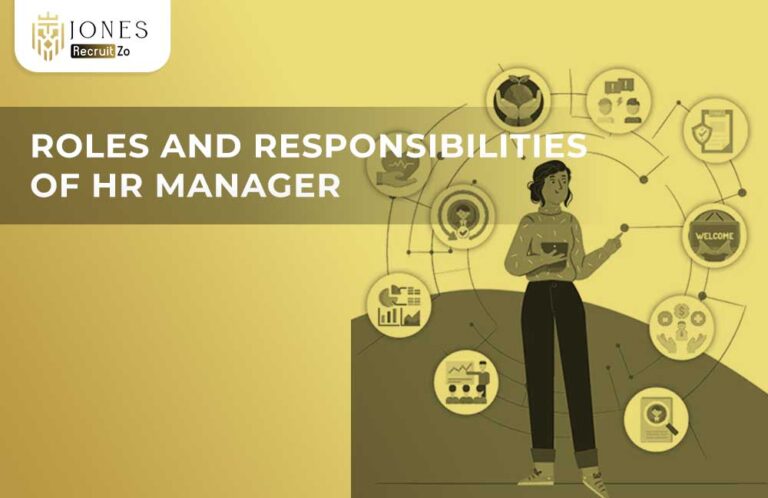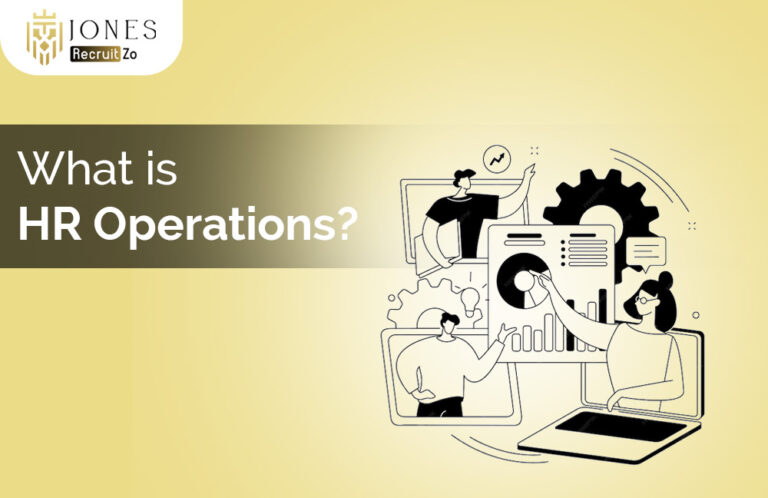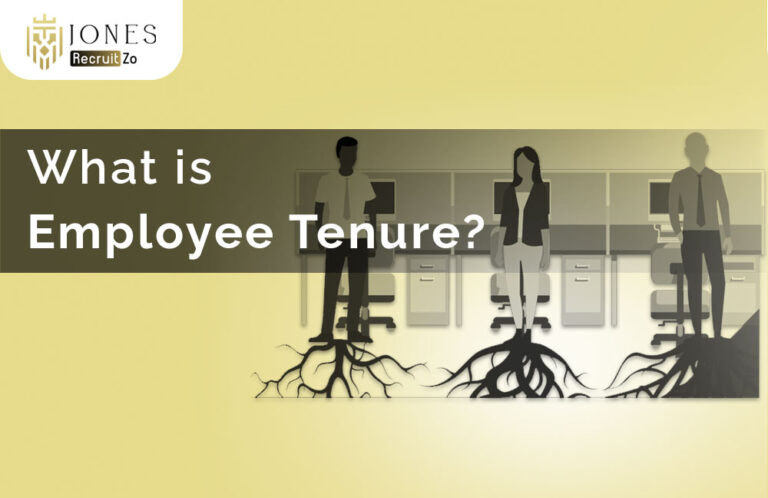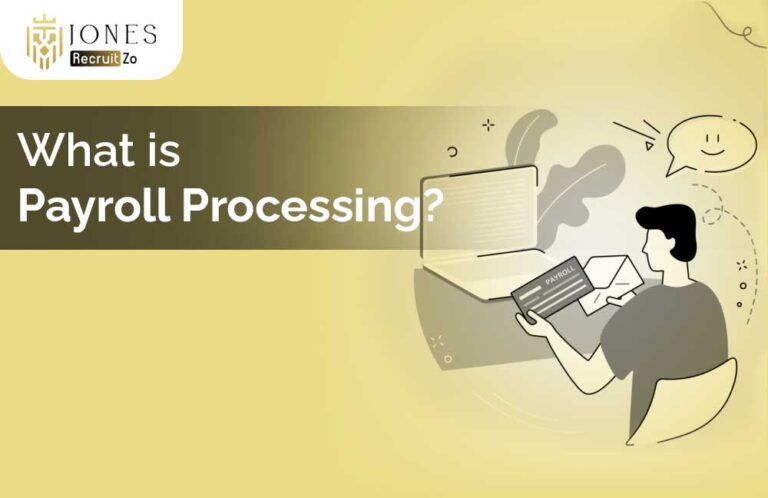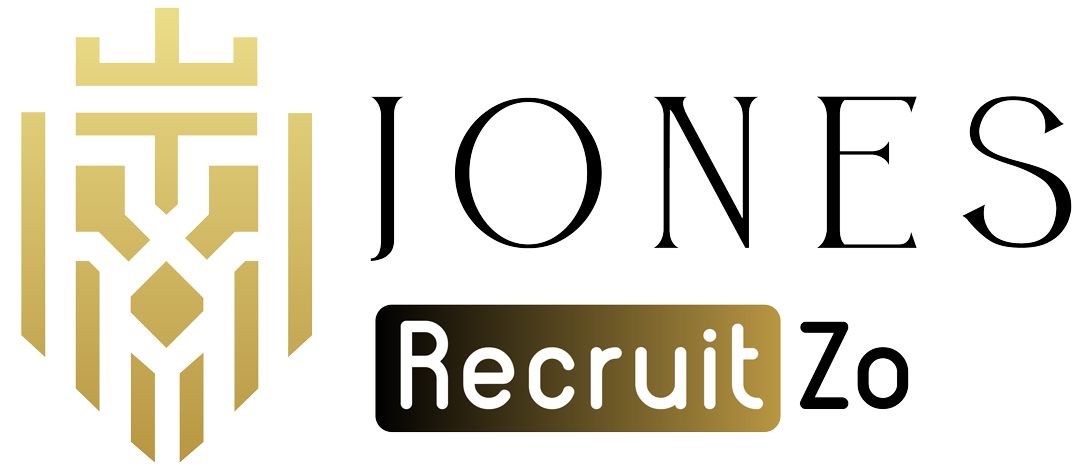What is a Hiring Freeze?
A hiring freeze is a temporary stoppage of employing new staff in the organization. This implies that no jobs are created or filled in the period of hiring freeze. These steps are usually put in place to control the expenses or to regulate the stabilisation of money.
Why Companies Implement Hiring Freezes?

A hiring freeze is implemented so that an organization can manage cost, autonomic adaptation to the market machine or change management. This plan also freezes the hiring of new staff, restricts the unnecessary hiring, and permits businesses to re-review the workforce requirements and budgets.
Internal Restructuring
In a restructuring that is internal, the companies usually freeze hiring so that they can evaluate the current workforce, and adjust them properly. It assists in ascertaining whether positions that are not essential may be eliminated after which there can be introduction of new employees so that the appropriate skills fit in the future company structure.
Changes in Market Conditions
Organizations can announce a hiring freeze when there is uncertainty in the market or the economy. The strategy enables them to manage expenses, eliminate unnecessary hiring of non essential employees and analyze the workforce under difficult operating market conditions.
Global Crisis
Global incidents such as the COVID-19 pandemic compelled firms to postpone hiring of new workers. During such times, organizations keep their eyes on the world markets and trends. The hiring freeze meaning coincides with the idea of a pessimistic approach to the staff maintenance in order to keep the current employees and minimize further risks.
Cost-Cutting Measures
Hiring freeze is one of the many ways that are embraced by many businesses in the bid to reduce their costs particularly in times of economic instability. Such a temporary freeze in the recruitment of new jobs helps the organizations stabilize their operations and determine their financial positions without having to take the severest measures.
Anticipated Layoffs
Companies resort to implementing the hiring freeze time frame to prevent the direct layoffs. By putting on hold new hires, they obtain some time to reassess both financial performance and their need in the manpower, which, perhaps, would lessen the chances of even greater efforts toward cost-cutting.
Hiring Freeze vs Layoff

Hiring freeze can be described as a temporary pause in new hires, whereas layoffs imply letting people go. Hiring freeze is considered a proactive measure in cost control as opposed to lay off that is a reactive one and only setup when cost problems get out of hand.
Types of Hiring Freeze

Types of hiring freezes used by companies are full hiring freeze whereby no new hire is allowed, partial hiring freeze where only essential job positions are subjected to the freeze, or department-wide hiring freezes, which reduce the freezing on particular departments.
Full Hiring Freeze
A complete hiring freeze implies that all proceeding with the recruitment tasks gets halted. There is no new job created and even replacement is not fulfilled. This has been interpreted as related to both essential and non essential jobs and this restrictive measure is normally applied in times of extreme financial insecurity.
Partial Hiring Freeze
Partial hiring freeze suspends most of the recruiting but allows the hiring of most critical or essential jobs. Through this, companies can curtail cost and make sure that non essential recruitment does not cripple the resources at a time when financial situations are speculated to be uncertain.
Department-Specific Hiring Freeze
A Department-Specific Hiring Freeze means that one department is prevented to recruit new employees whereas additional groups are free to do so. The strategy focuses on the less important areas and hence makes the strategy cost conscious without having a significant impact on vital business operations within the whole organization.
Impact of A Hiring Freeze

Although a hiring freeze is good when cost management is an order of the day, it may hamper activities and workforce morale. They may have the side effects of increased workloads, possible burnout, and decreased opportunities for career growth. Also, it may restrict the possibility of new working places resulting in skill gaps and the impossibility of long-term development.
For Employees
An exercise of a hiring freeze will tend to load many more tasks on the existing employees, suspend promotions, and restrict internal developments. Employees might experience burnout, frustration, and loss of morale given that there are new jobs that are not to be filled, and it will eventually impact job satisfaction and retention.
Increased Workload
Once organizations freeze the hiring process, all employees consequently experience increased workloads. The open positions are new and could leave the workers with burnouts and frustration, not to mention the non essential activities piling up without sufficient resources to handle it.
Effects on Company Culture
The process of freeze in hiring may be seen as a source of instability in an organization and thus hurting both trust and reputation. Ineffective communicating of the hiring freeze definition can destroy trust among employees. The company culture is also weakened by lowered-innovation and the prospect of inability in hiring new employees.
Decrease in Job Satisfaction
Job freezes also lead to poor job satisfaction. The promotions are stagnant, workloads are high and employees are not sure about the new positions which may make them feel undervalued. This would result into stress, demotivation and loss of people to other staff with better chances.
For Company
Hiring freeze enables employers to reduce expenses at a short-term and revise use of resources. Nevertheless, when new jobs remain open, they can interfere with performance, overwork existing departments, and leave skills shortages, and it will be difficult to cover business objectives in the long run.
Short-Term Cost Savings
Hiring freeze is a short term financial aid solution as it helps save finances related to hiring and induction of new staff. Although efficient in the short-term perspective, in the long-run, the method slows down productivity, job enthusiasm, and the inclusivity of the company attracting new talent.
Forces Prioritization of Critical Tasks
Hiring freeze forces firms to concentrate on bare minimum activities. Clamping down on temporary employment and keeping non essential jobs open, organizations heavily need to allocate their resources which in most cases overwhelms the set up teams and puts the organisations at the risk of inefficiencies in running its operations.
Talent Pipeline Adjustments
When the hiring freeze mode takes place, the companies will have the possibility to restructure the talent pipeline. As hiring freezes, an organization can take this time to improve recruitment solutions, develop employer branding and communication with prospective candidates so that there would not be a need to start at zero points when hiring goes back to normal.
FAQs
1) What is a Hiring Freeze?
A hiring freeze is a temporary stoppage of employing new staff in the organization. This implies that no jobs are created or filled in the period of hiring freeze. These steps are usually put in place to control the expenses or to regulate the stabilisation of money.
2) How long does a hiring freeze usually last?
Hiring freeze can last anywhere between several months or a year. Other organizations thaw freezes earlier when things begin to go well whereas some extend them further when they experience constant troubles financially or uncertain in the market.
3) What are the different types of hiring freezes?
Types of hiring freezes used by companies are full hiring freeze whereby no new hire is allowed, partial hiring freeze where only essential job positions are subjected to the freeze, or department-wide hiring freezes, which reduce the freezing on particular departments.
4) What is the impact of a hiring freeze?
Although a hiring freeze is good when cost management is an order of the day, it may hamper activities and workforce morale. They may have the side effects of increased workloads, possible burnout, and decreased opportunities of career growth. Also, it may restrict the possibility of new working places resulting in skill gaps and the impossibility of long-term development.



